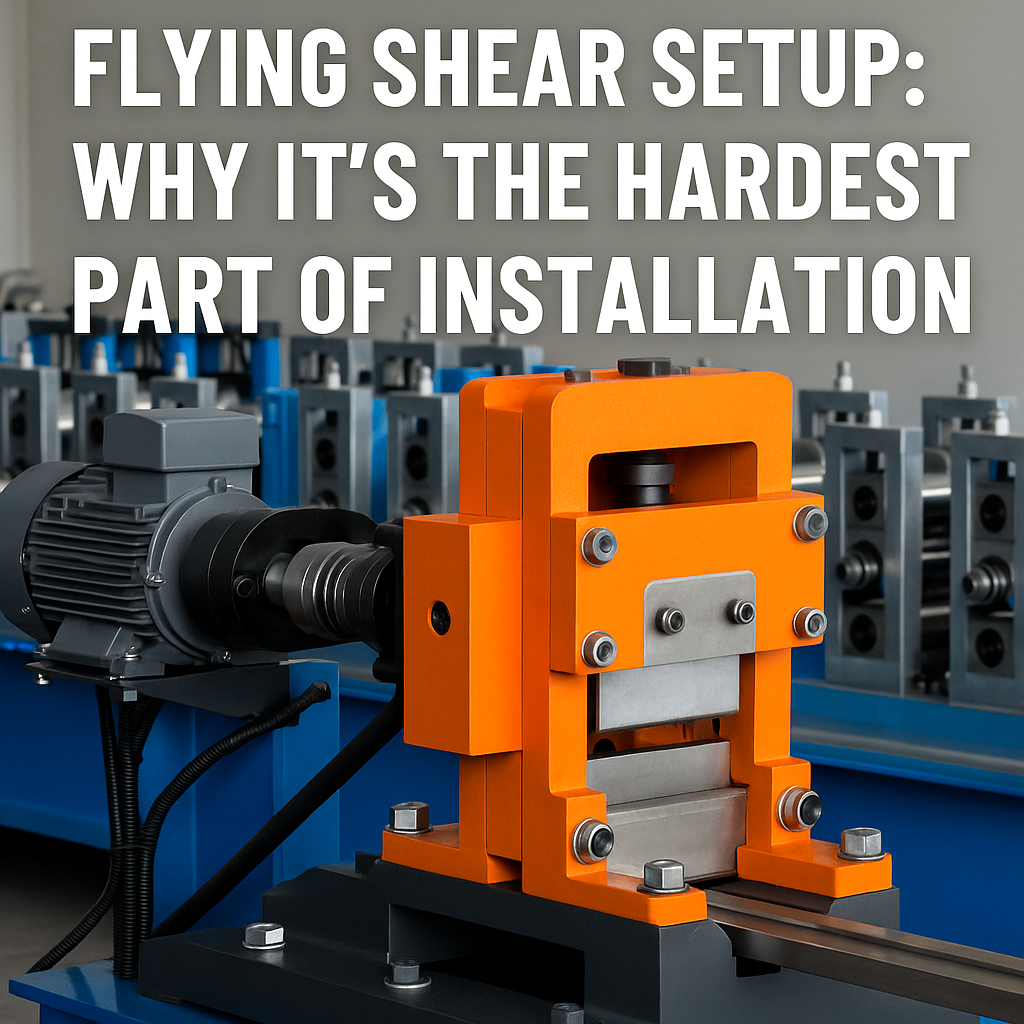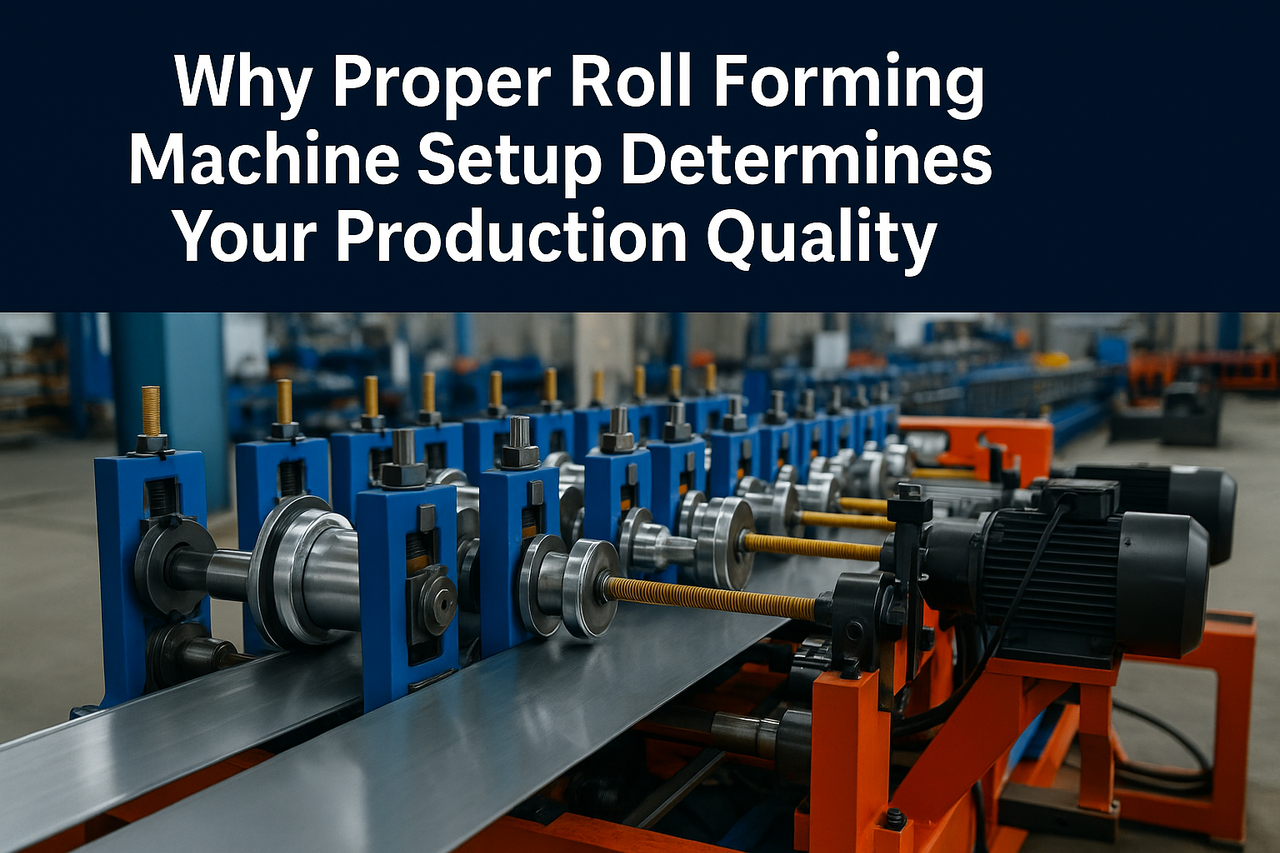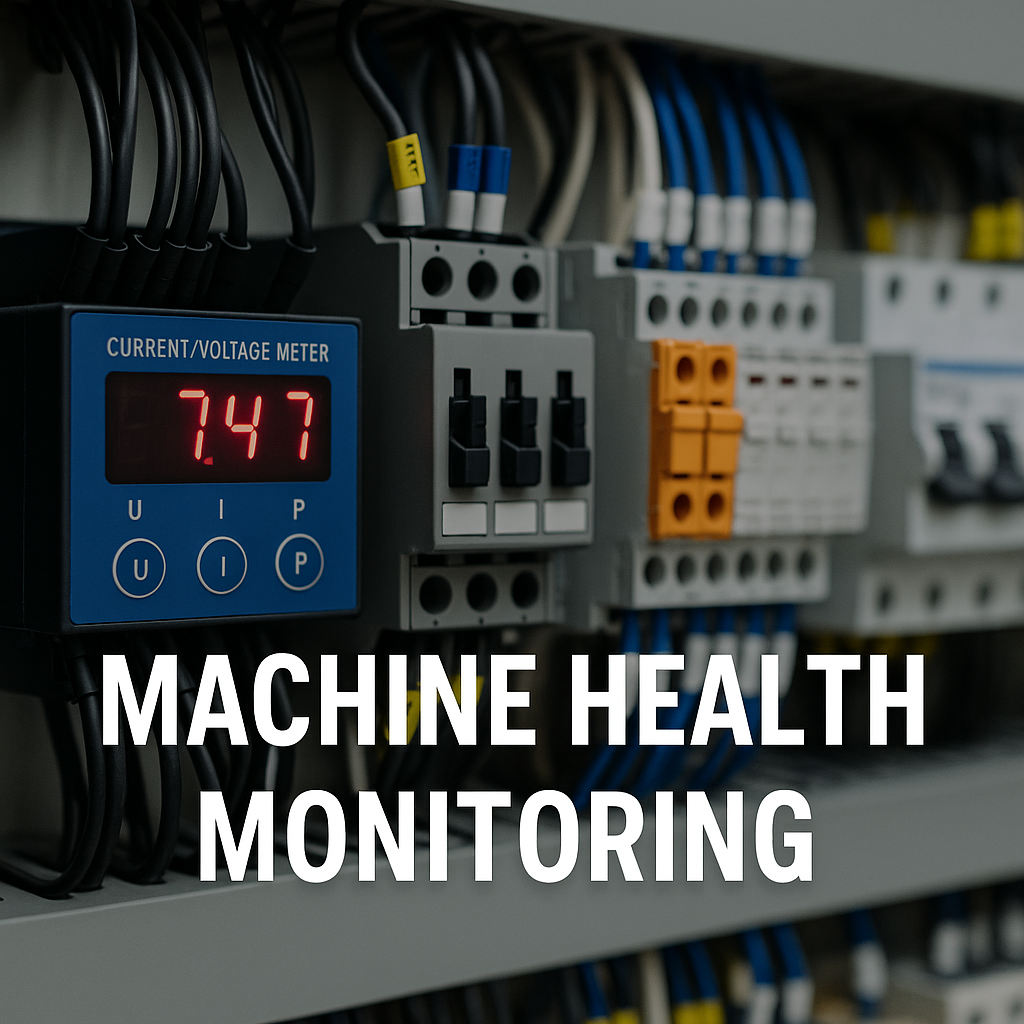
Posted on Wednesday, October 9, 2024
Australia's construction industry is experiencing significant growth, fueled by urbanization, infrastructure development, and a push for sustainability. Among the various technologies revolutionizing this sector, roll forming stands out for its efficiency and versatility. This blog explores the rising demand for roll forming in Australia, emphasizing key projects and applications driving this trend.
As Australia's population continues to grow, cities are expanding, necessitating new infrastructure projects. Roll forming technology plays a crucial role in providing durable and lightweight materials for a range of construction applications. From residential buildings to commercial structures, roll-formed components like steel framing, roofing panels, and cladding systems are increasingly favored for their strength and adaptability.
Sustainability is a major focus in Australia’s construction industry. Roll forming technology contributes to eco-friendly practices by enabling the use of recycled metals and reducing material waste during production. Moreover, roll-formed products often have a longer lifespan, minimizing the need for replacements and repairs. With a growing emphasis on green building certifications, such as Green Star and NABERS, more construction companies are turning to roll forming as a way to enhance their sustainability credentials.
Several applications of roll forming are becoming increasingly popular in Australia:
Several high-profile projects in Australia highlight the effectiveness of roll forming technology:
While the demand for roll forming in Australia’s construction industry is on the rise, challenges remain. These include fluctuating material costs and the need for skilled labor. However, the industry's ongoing investment in automation and technology is likely to address these issues, enhancing production efficiency and reducing costs.
Looking ahead, the future of roll forming in Australia appears promising. As builders and developers increasingly recognize its benefits, roll forming is set to play a pivotal role in shaping the country's construction landscape. The combination of innovation, sustainability, and efficiency makes roll forming an essential technology in meeting Australia’s growing construction demands.
The growing demand for roll forming technology in Australia’s construction industry is a testament to its versatility and efficiency. As urbanization accelerates and sustainability becomes a priority, roll forming is poised to become a cornerstone of modern construction practices, facilitating the development of resilient and eco-friendly structures across the nation.

Flying Shear Setup: Why It’s the Hardest Part of Roll Forming Machine Installation
Posted on Monday, November 24, 2025
If you want a header image, meta description, or series continuation, just tell me.

Why Proper Roll Forming Machine Setup Determines Your Production Quality
Posted on Monday, November 24, 2025
The #1 factor that decides accuracy, scrap rate, speed, and consistency.

Compliance & Safety Services for Roll Forming Machines — Full Guide
Posted on Sunday, November 23, 2025
How Machine Matcher keeps your machines safe, legal, and fully compliant with CE, UL, and UKCA standards.

Machine Health Monitoring for Roll Forming Machines — Complete Diagnostic Service Guide
Posted on Sunday, November 23, 2025
Continuous diagnostics that prevent breakdowns, reduce downtime, and extend machine life.
Copyright 2025 © Machine Matcher.